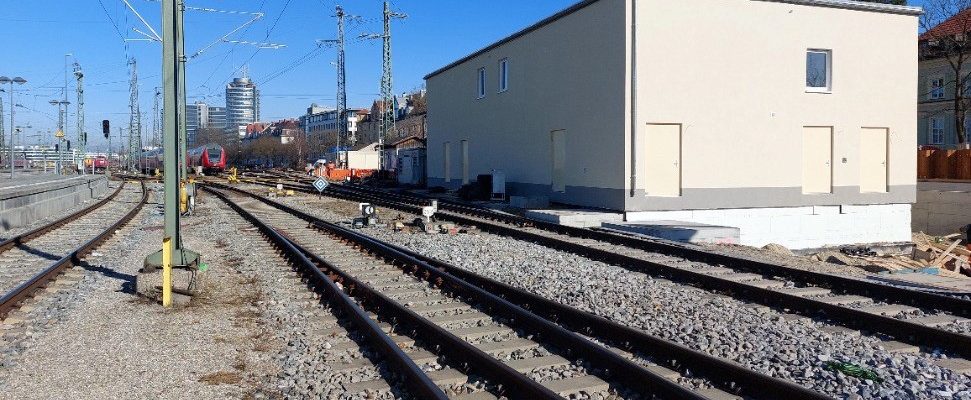The more than 50-year-old Deutsche Bahn (DB) signal box at Ostbahnhof has been one of the biggest annoyances for passengers for years. Then, three years ago, after a visit by Prime Minister Markus Söder and the then infrastructure director at DB, Ronald Pofalla, a glimmer of hope appeared: At that time, Deutsche Bahn vowed to quickly replace the fault-prone relay signal box from the 1970s with an electronic one. It was said at the time that it would be launched in the summer of 2023. And as recently as March of this year, DB was still sticking to 2023, albeit not until autumn.
This Thursday, however, the message came: Commissioning will be delayed until August 2024. Rail customers will therefore have to live with disruptions and failures for another year. In addition, there are the closures on the main route caused by DB construction sites, which are also related to the construction of the new signal box.
The reason given by DB is that it still has to lay around 400 kilometers of cable and set up and connect numerous signals in order to put the signal box into operation. This was followed by intensive tests, inspections and acceptance processes to ensure that the interlocking works reliably, trouble-free and, above all, safely. This test and acceptance process will take longer than planned, it is now said.
“We only want to and can only start with 100 percent certainty,” says Kai Kruschinski, project manager for the second main route. The delay is also due to a nationwide resource bottleneck in the use of planning and acceptance auditors. Another reason is the highly complex S-Bahn system with over a thousand train journeys per day on the existing main line. A special control and safety technology is installed on one of the busiest railway lines in Europe – this makes the testing and acceptance process even more demanding. Now the railway has to reschedule the test and acceptance phases. In doing so, you have to take into account already scheduled time windows of other construction measures.
“We need digitization to counteract the expected shortage of dispatchers”
As expected, the Pro Bahn passenger association is not very enthusiastic about this enormous delay. This is not good news for the passengers, who have been suffering from the faults in the signal box for a long time, says Norbert Moy, chairman of Pro Bahn Oberbayern. As far as the lack of acceptance inspectors is concerned, he warns that DB must prioritize the S-Bahn Munich when deploying personnel instead of just citing the general lack of skilled workers as a reason. “Here, state politics, as the responsible authority, is required to demand this aggressively,” said Moy.
Under no circumstances should the delay in the electronic signal box east lead to further delays in the so-called environmental network tube in Laim, says Moy. Because there the connection of the new platform had already been postponed from Easter this year to the August blocking break. “Another delay there would also be bad for the municipal projects,” he says in relation to the tram west tangent, which will lead through the tube in Laim.
Lukas Iffländer, Chairman of Pro Bahn Bayern, is concerned about the digitization of the rails overall. “If even a one-to-one replacement is delayed like this, bad things are brewing if many routes are planned to be re-planned in terms of signaling technology in order to accommodate up to 30 percent more trains.”
How the DB wants to keep the target of 2035 or 2040 for a complete digitization of the railway system in Germany is a mystery. The federal government must intervene more here in order to achieve this goal. “We need digitization to counteract the expected shortage of dispatchers,” says Iffländer. If this does not succeed, the problem in the future will not be signal box malfunctions, but signal boxes that are not working because there are no staff there.

